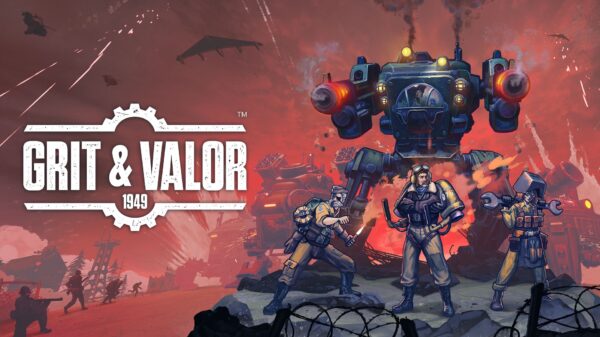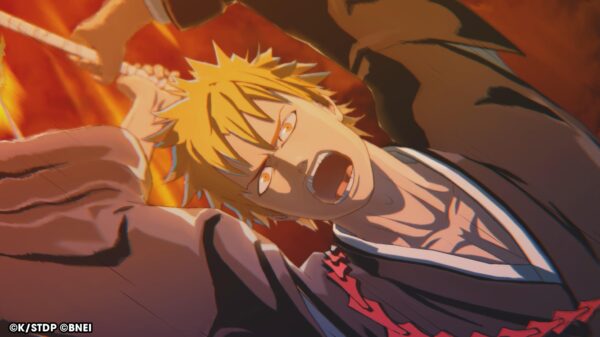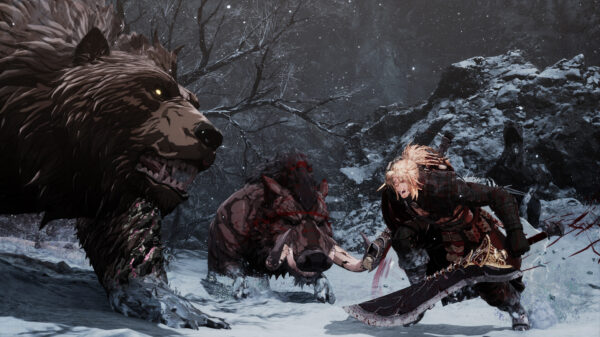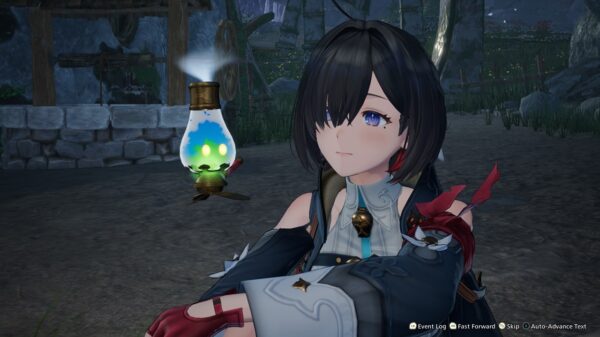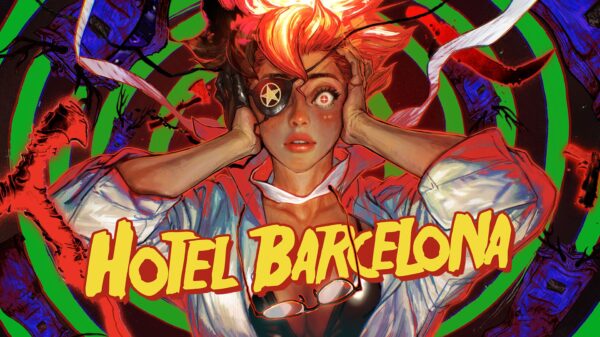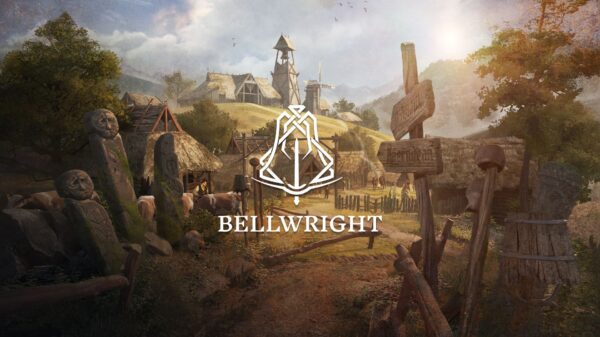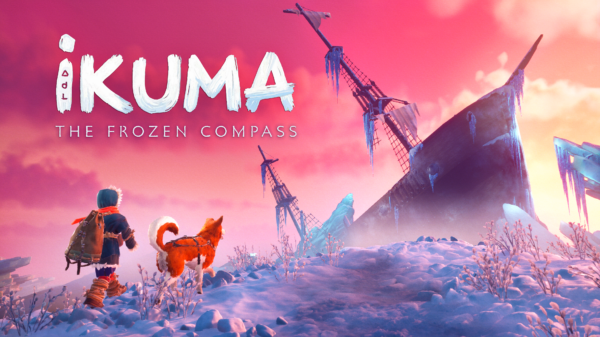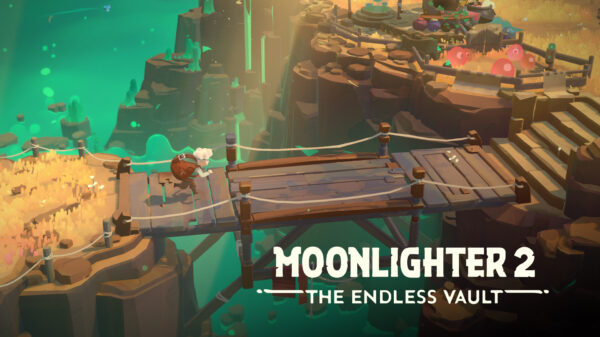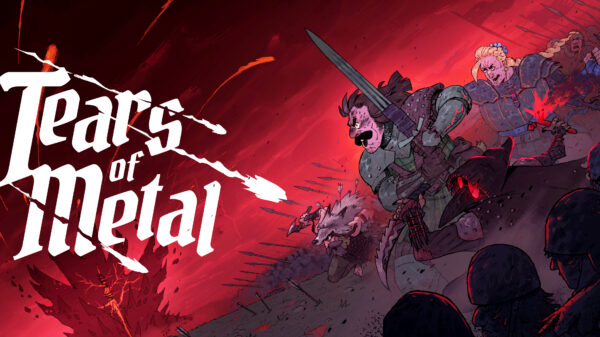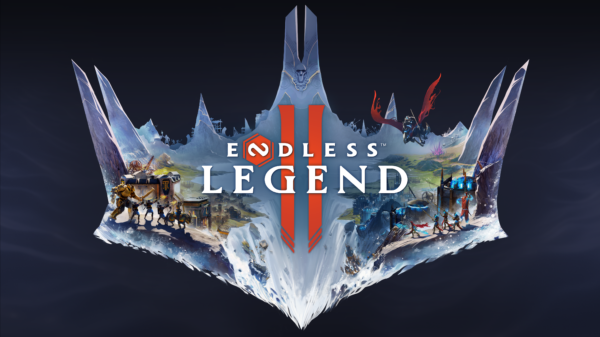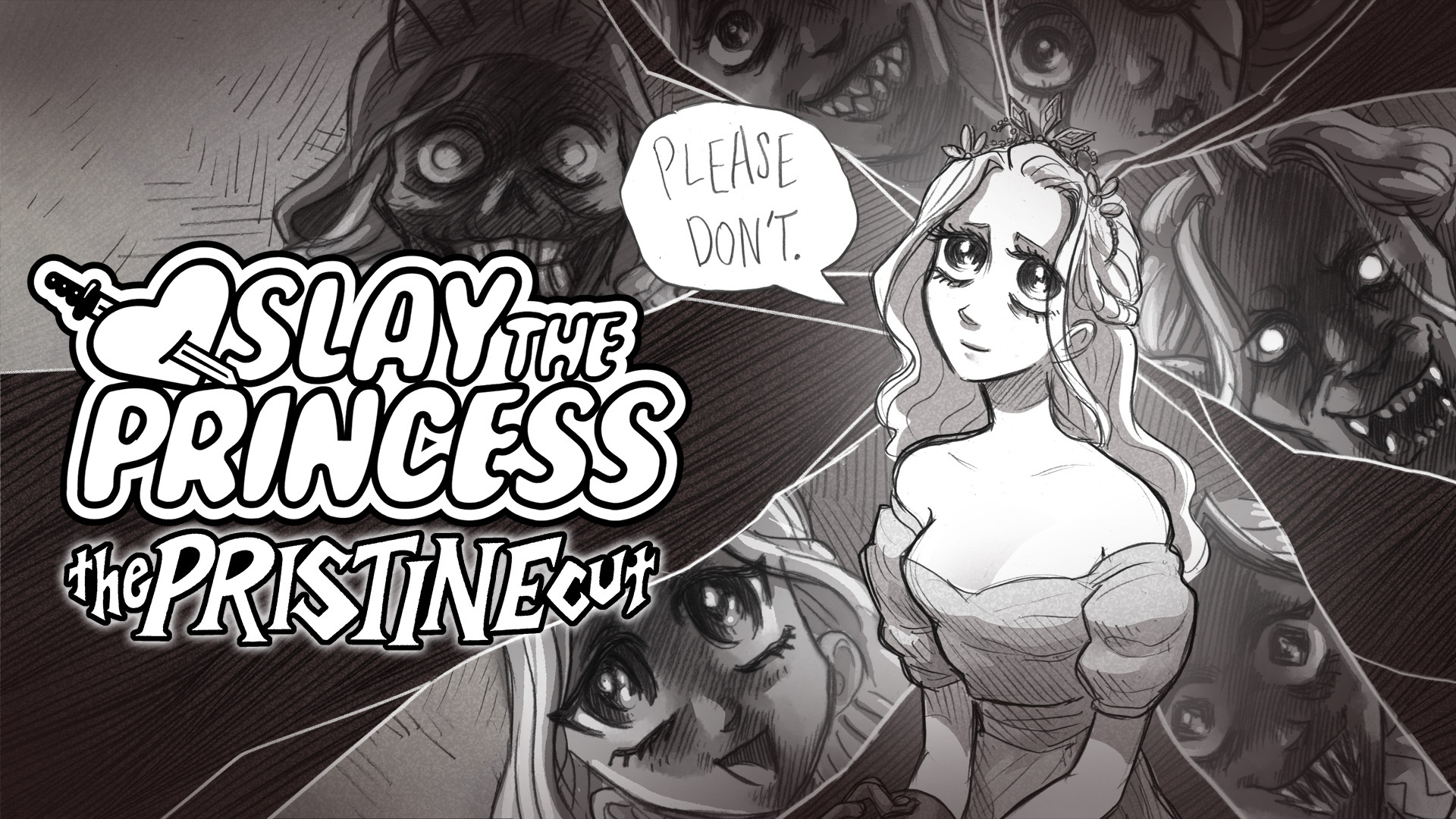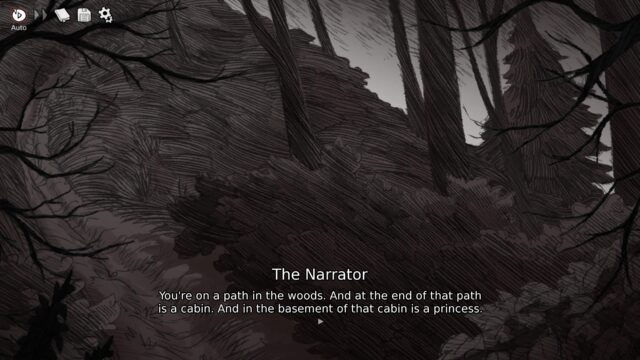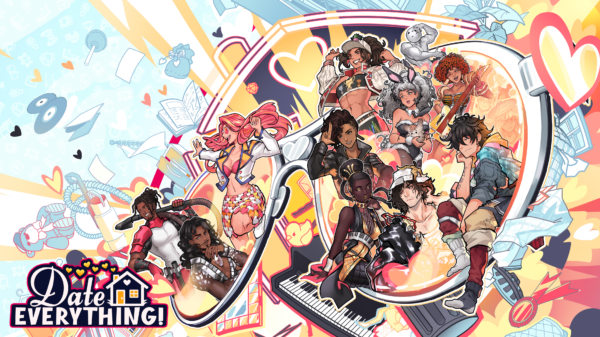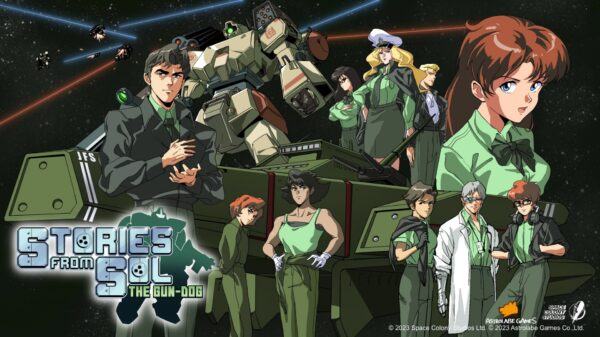You’re on a path in the woods. And at the end of that path is a cabin. And in the basement of that cabin is a console version of the popular visual novel Slay the Princess. I have to commend Black Tabby Games for the quick turnaround on getting Slay the Princess out to consoles. Normally, even popular indie titles that are made in engines like Ren’Py end up being stuck on PC for years before they get a console release. Serenity Forge, the publisher, seems to be spearheading the movement on getting these cult favorites onto as many platforms as possible. The concern is usually how these engines, clearly made for PC use, handle on consoles. Does Slay the Princess – The Pristine Cut work well with a controller or does navigating this winding visual novel that contains multitudes without a keyboard provide a frustrating experience?
Slay the Princess – The Pristine Cut
Developer: Black Tabby Games
Price: $18
Platforms: PS5 (reviewed), Nintendo Switch, Xbox X|S, and PC
MonsterVine was provided with a PS5 code for review
Slay the Princess – The Pristine Cut is a fairly simple visual novel set in a world where you, as the player, are given a very simple task. Slay the princess. However, Black Tabby Games has put you in this role and allowed you to do what any person might do in that role and question the task at hand. Questioning your task might even seem pointless if it weren’t for The Narrator, a disembodied voice that remains almost ever present, and is determined to see you through to your goal. Slaying the princess. Why, though? Well, because if she isn’t killed, she’ll end the world.
Through exploration of your options, you begin to see the walls form around the confines of the game world. There’s no 3D world to explore, no quests to complete, it’s just you, the princess, and the voices in your head. As you navigate the world though, the voices begin to add up. Outcomes of your decisions result in your death, your success, the princess’s death, her success, both of your failures, and both of your success, the outcomes aren’t endless but there are a lot of them. And though you have these options, the thought that remains in the back of your mind will always be the last words from a warning that popped up at the beginning of the game, “This is a love story.”
An emphasis on there not being any premature endings, and that all choices that progress the story will see you through to an ending is downright impressive. So many shortcuts and fakeouts could have been taken to cheapen the player experience and are skirted for the player to find out more. What is this world about? Who am I in the greater context of this world? Why was I chosen to endure this gruesome task? If given the choice, would I see it through or walk away? If this is truly a love story, why am I meant to kill the only other person in it?
The princess’s original design is meant to show innocence. Large bewildering eyes crowned with long eyelashes, a slim neck, and revealed shoulders leading to a low-cut dress. She’s chained to the wall, her dress billowing out around her as she sits in the darkness. The narrator warns you that she’ll lie, cheat, or do anything to make sure that you don’t want to slay her, but you must. But as you reach your first ending, the real game begins to unravel around you. Slay the Princess isn’t about completing one task, but many, and how are we supposed to understand what the actual goal is? Are we the person in the game or are we simply the player trying to understand the game?
Slay the Princess is a very beautiful game. Though the environments and art are almost completely static, it culminates in an almost comforting and aesthetically pleasing nightmare. Retreading the same path over and over but seeing something different every time. Each time you go about your duty differently, the princess changes, the cabin changes, and the world changes. Though the environments and art are static they, again, contain multitudes. And as the art slowly comes to life it makes the animations just that much more jarring when they actually happen. Slay the Princess is a love story but it is a love story in a horror game.
So does it play well with a controller? I’m going to say yes with the caveat that it takes a few minutes to get used to the controls. You’d think a visual novel would be quite simple but there are options to play out, things you can miss, and peculiarities that might frustrate you. As you go to make your decision, the cursor will often be on an option that is not highlighted until you highlight other options and the cursor finds its way to the highlighted decision. There is a menu along the top left of the screen that can be difficult to get to if you’re not currently making a decision. The auto-advance timer in ren’py is on by default and, while not an issue in itself, has a delay long enough for you to not notice it’s enabled unless you step away for a moment.
Each of these issues is simple, easily avoidable, and correctable. In less than an hour I had stopped making mistakes and had Slay the Princess – The Pristine Cut set up in a way I was comfortable with. Likewise, The Pristine Cut adds quite a few accessibility options to Slay the Princess that aren’t in the PC version. Whether or not these disable new features to The Pristine Cut or something that was missing from the PC version isn’t something I can comment on, but I appreciate the options nonetheless.
As I haven’t played the original release of Slay the Princess, I can only relay some of the information provided to me by the publisher. Slay the Princess – The Pristine Cut features a CG gallery once you complete the game beyond the “good” ending. The CG gallery is mostly used as a way to track your endings and the routes you’ve visited. There are 19 routes in the original release and three brand new routes added into The Pristine Cut, along with a new ending and expansions on three of the routes from the original release. Given how much of the Slay the Princess – The Pristine Cut I’ve played and how much of the CG gallery I’ve unlocked, this is a fairly meaty game.
Impressively, Slay the Princess – The Pristine Cut is fully voiced. The narrator and voices in your head are voiced by Jonathan Sims who shows his range as the voices in your head change. As you reach the outcomes of Chapter 1, you’ll be accompanied by a new voice in Chapter 2 that’s reflective of the result of Chapter 1. This can be a voice that’s paranoid of the princess, cold to her existence, or even smitten with her. The princess, played by Nichole Goodnight, also offers up a ranged performance as the princess is also ever-changing, spanning from simply being more assertive to existing as another form entirely. Both actors add to the experience immensely and I don’t believe Slay the Princess would be anywhere near as impactful without the voices.
Black Tabby Games had a vision and executed it with great aplomb. Often you’ll play a visual novel that has other gameplay elements placed in as if the designers had no confidence in the narrative presented, unsure that they can keep the player engaged. Slay the Princess – The Pristine Cut kept me engaged and did so without pulling me out of the primary narrative. Slay the Princess isn’t just a great game that’s fun to experience, it’s impressive.
 The Final Word
The Final Word
A winding and divergent narrative, Slay the Princess – The Pristine Cut is the ultimate version of Slay the Princess and one that I would recommend to almost anyone.
MonsterVine Rating: 4 out of 5 – Good

